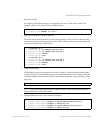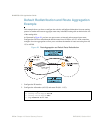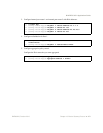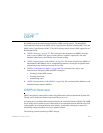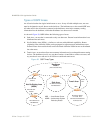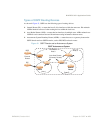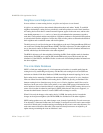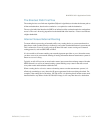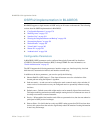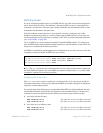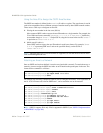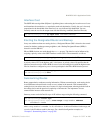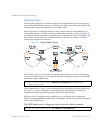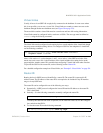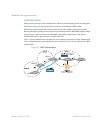BLADEOS 6.5.2 Application Guide
BMD00220, October 2010 Chapter 20: OSPF 277
The Shortest Path First Tree
The routing devices use a link-state algorithm (Dijkstra’s algorithm) to calculate the shortest path to
all known destinations, based on the cumulative cost required to reach the destination.
The cost of an individual interface in OSPF is an indication of the overhead required to send packets
across it. The cost is inversely proportional to the bandwidth of the interface. A lower cost indicates
a higher bandwidth.
Internal Versus External Routing
To ensure effective processing of network traffic, every routing device on your network needs to
know how to send a packet (directly or indirectly) to any other location/destination in your network.
This is referred to as internal routing and can be done with static routes or using active internal
routing protocols, such as OSPF, RIP, or RIPv2.
It is also useful to tell routers outside your network (upstream providers or peers) about the routes
you have access to in your network. Sharing of routing information between autonomous systems is
known as external routing.
Typically, an AS will have one or more border routers (peer routers that exchange routes with other
OSPF networks) as well as an internal routing system enabling every router in that AS to reach
every other router and destination within that AS.
When a routing device advertises routes to boundary routers on other autonomous systems, it is
effectively committing to carry data to the IP space represented in the route being advertised. For
example, if the routing device advertises 192.204.4.0/24, it is declaring that if another router sends
data destined for any address in the 192.204.4.0/24 range, it will carry that data to its destination.



